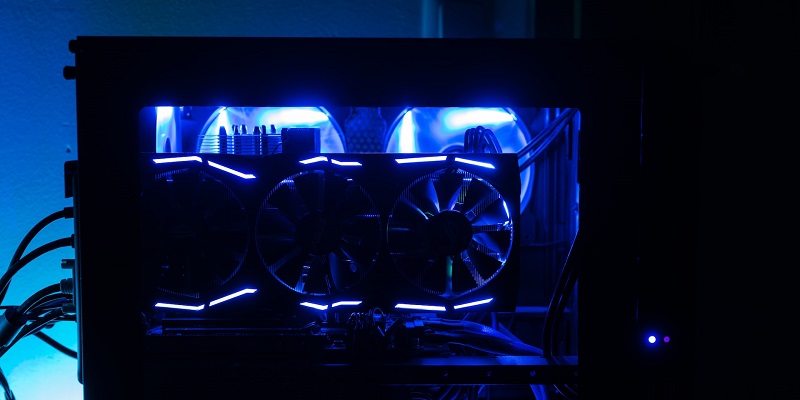NVIDIA, the renowned graphics processing unit (GPU) manufacturer, is reportedly implementing a strategy to curtail the supply of its A800 AI GPU in order to drive sales for its higher-end H800 GPU in the Chinese market. This move is aimed at solidifying NVIDIA’s presence and maintaining its stronghold in the burgeoning Chinese artificial intelligence (AI) industry.
Background on A800 and H800 GPUs
In an effort to circumvent US sanctions and continue catering to Chinese markets, NVIDIA released the A800 and H800 GPUs. These GPUs were specifically designed to cater to the unique needs of the Chinese AI industry.
NVIDIA’s strategy to cut production capacity of A800
To bolster the adoption of its higher-end H800 AI GPU, NVIDIA plans to reduce the production capacity of A800. By creating an artificial shortage for the A800 GPU, NVIDIA aims to redirect customer attention and drive sales towards the H800, which offers enhanced performance and capabilities.
Challenges faced by the H800 GPU
While the H800 GPU is positioned as a high-end offering, it faces certain challenges in the market. One prominent issue is its higher price point, with the GPU being available for 250,000 yuan. Additionally, the H800 lags behind in data transfer rate compared to its counterpart, the H100, which may limit its appeal to potential customers.
Potential benefits for NVIDIA’s profits
NVIDIA anticipates that restricting the supply of the A800 GPU will lead to a surge in demand, resulting in higher profits for the company. The current scarcity of the A800 GPU and its steadily increasing prices suggest strong market demand, which could translate into increased revenue for NVIDIA.
Comparison between H800 and competitor offerings
The H800 stands out as the most high-end GPU available in the Chinese industry, providing exceptional performance and AI capabilities. Its advanced features and computational power make it an attractive choice for companies seeking cutting-edge technologies to power their AI initiatives.
Adoption of H800 by tech giants
The H800 GPU has gained significant traction among Chinese tech giants, including Alibaba Group Holding, Baidu Inc, and Tencent Holdings. These influential companies recognize the value of high-performance GPUs in driving their AI ambitions, leading to their adoption of the H800 for various applications.
Competition to create AI similar to ChatGPT
Tech giants like Alibaba Group Holding, Baidu Inc, and Tencent Holdings are engaged in a fierce rivalry to develop an AI system similar to OpenAI’s groundbreaking ChatGPT. This competition intensifies the demand for powerful GPUs, such as the H800, as these companies strive to push the boundaries of AI capabilities.
Increasing the price for A800 GPU
The A800 GPU has witnessed a substantial price increase since its launch, selling at 110,000 yuan, representing a 10,000 yuan hike from its initial price. This soaring price trend emphasizes the strong demand for the A800 GPU in the market, further affirming the effectiveness of NVIDIA’s strategy to reduce supply and drive interest towards the H800 GPU.
NVIDIA’s decision to restrict the supply of its A800 GPU and focus on promoting the sales of its higher-end H800 GPU in the Chinese market demonstrates its commitment to catering to the evolving demands of the Chinese AI industry. By leveraging the artificial shortage created for the A800 and capitalizing on the H800’s advanced capabilities, NVIDIA aims to solidify its position as a key player in the Chinese AI market while generating higher profits. The success of this strategy will shape not only NVIDIA’s future but also the direction of the Chinese AI industry as it continues to push boundaries and fuel innovation.

